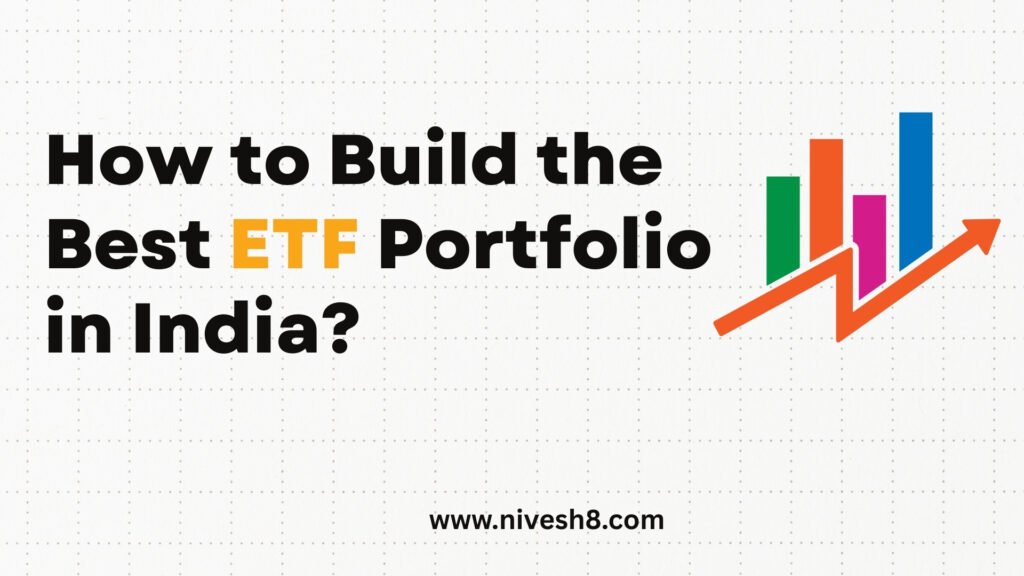Among Indian investors seeking low-cost, diversified, and simple-to-manage investments, exchange-traded funds (ETFs) have grown to be a preferred choice. Making the best ETF portfolio can be a wise action whether your goals are long-term wealth building or risk and return balancing. This is a basic guide to enable you to create the appropriate ETF portfolio depending on your objectives.
Describe an ETF Portfolio
An ETF portfolio is an arrangement of several ETFs spanning several asset classes, including:
- Equity (stocks)
- Debt; bonds
- Gold
- Global markets
- Indexes tailored to a particular sector
The idea is to divide your money among several sectors so that it increases steadily and remains sheltered from swings in the market.
Why Might One Want an ETF Portfolio?
- Low cost: Generally speaking, ETFs have smaller expense ratios than most mutual funds.
- Diversification: One ETF can expose you to hundreds or thousands of companies.
- Liquidity: ETFs trade like shares, thus you may buy or sell any time during market hours.
- Transparency: Every day update of holdings lets you know where your money is invested.
- Passive investment: There is no market timing or tracking of specific stocks needed.
Parts of the Ideal ETF Portfolio
You could split your portfolio as follows:
1. ETFs for Core Equity (50–60%)
The foundation of your portfolio should be these.
- Track top 50 Indian companies with Nifty 50 ETF
- Track the top thirty BSE-listed companies with Sensex ETF
- Nifty Next 50 ETF provides access to rising large-cap stocks
- Nifty Midcap 150 ETF adds mid-sized company growth possibilities
2. ETFs for Debt/Fixed Income (20–25%)
To bring consistency and lower general risk.
- Bharat Bond ETF funds highly rated public sector bonds.
- Liquid ETFs are handy for emergency money and temporary parking.
3. Gold ETF (10–15%)
Aids in market uncertainty and inflation hedge.
- ETF Gold from HDFC
- SBI ETF Gold
- ETF for ICICI Prudential Gold
4. Five to Ten Percent International ETFs
Exposes internationally and lessens reliance on the Indian market.
- Motilal Oswal ETF called Nasdaq 100
- ETF Hang Seng BeES by Nippon India
Indian Equity Nifty 50, Nifty Next 50 – 50% Sample Allocation for a Balanced Investor
| Asset Type | ETF |
| Debt | 20% Bharat Bond ETF |
| Gold | SBI Gold ETF with 15% |
| Global Equity | Nasdaq 100 ETF Ten Percent |
| Cash or Liquid ETF | Liquid BeES or comparable 5% |
Advice for Creating the Best ETF Portfolio
- Clearly state your objective: Retirement; wealth building; saving for a house
- Evaluate your willingness to risk: If you’re younger, more equity; if you’re risk-averse, more debt.
- Invest consistently: Use SIPs or make one monthly investment.
- Review annually: If distribution changes too much, balance the portfolio.
- Steer clear of excessive diversification: Most investors will find five to seven ETFs sufficient.
Last Words
The ideal ETF portfolio will fit your investing time horizon, risk tolerance, and financial goals. While creating long-term wealth, it offers you low cost, diversification, and simplicity of use. ETFs provide a straightforward and effective approach to increase your money regardless of your level of experience with investing.



